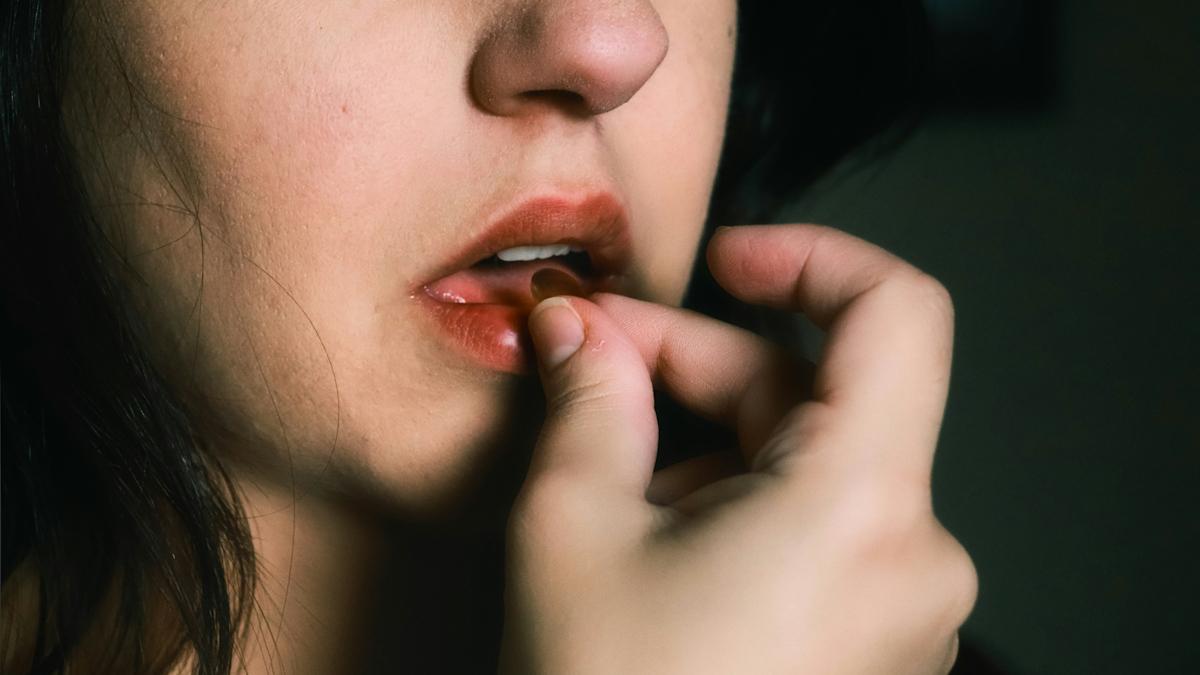Viridian takes aim at Amgen's Tepezza with veligrotug data

Viridian chief executive Steve Mahoney
Thyroid eye disease (TED) therapy Tepezza – the biggest asset in Amgen's $26 billion takeover of Horizon last year – could soon face competition from a drug in the same class from Viridian Therapeutics.
Viridian said that the results of the phase 3 THRIVE trial of anti-IGF-1R antibody veligrotug in patients with active TED hit all its primary and secondary objectives and met what chief executive Steve Mahoney said were "high bars for both efficacy and safety," with a simpler dosing regimen than its rival.
Now, attention is focused on Viridian's second pivotal trial – THRIVE-2 in chronic TED – which is due to report later this year and could set up regulatory filings in the first half of 2025.
TED is a rare autoimmune disorder in which the muscles and fatty tissues behind the eye become inflamed, causing the eyes to be pushed forward and bulge outwards in a condition known as proptosis that, if severe, can become disfiguring and disabling.
Tepezza (teprotumumab) became the first FDA-approved treatment for TED in 2020 and is close to becoming a blockbuster, with sales of $478 million in the first half of this year – although its growth has stalled. Amgen is now looking to phase 3 results in chronic TED and a new subcutaneous formulation to re-inject some upward sales momentum.
In THRIVE, five infusions of veligrotug delivered over 15 weeks resulted in highly statistically significant improvements in TED symptoms, including proptosis, with 53% of patients seeing a response at three weeks, after just one dose.
By the end of the study, 70% of veligrotug-treated patients had a proptosis response, versus 5% of the placebo group, with an average reduction in eye bulge of 2.9mm and 0.5mm, respectively. Those are in the same ballpark as Amgen's phase 3 results with Tepezza, which is given as a course of eight three-weekly infusions.
Viridian's drug resolved double vision (diplopia) in 54% of patients compared to 12% of the placebo group, ostensibly a stronger response than Tepezza, although comparisons between studies are notoriously unreliable.
There was a 16% rate of hearing impairment with veligrotug – a recognised side effect of anti-IGF-1R therapy – with a 5.5% improvement over placebo. Tepezza's FDA-approved labelling indicates it was linked to a 10% hearing impairment rate in trials, with zero cases in the placebo arms.
In a statement, Viridian also said that THRIVE would serve as proof-of-principle for follow-up candidate VRDN-003, a longer-acting antibody with the same binding domain as veligrotug that can be delivered by subcutaneous injection every four to eight weeks. Phase 3 trials of VRDN-003 started in the summer, with results due in 2026.
Amgen's studies of subcutaneous Tepezza are testing a two-weekly injection, so VRDN-003 could offer a more patient-friendly option if phase 3 trials are successful and it reaches the market.
"We believe veligrotug and VRDN-003 have the potential to become the preferred treatments for TED patients," said Mahoney.
Shares in Viridian shot up 32% after the data were announced.












